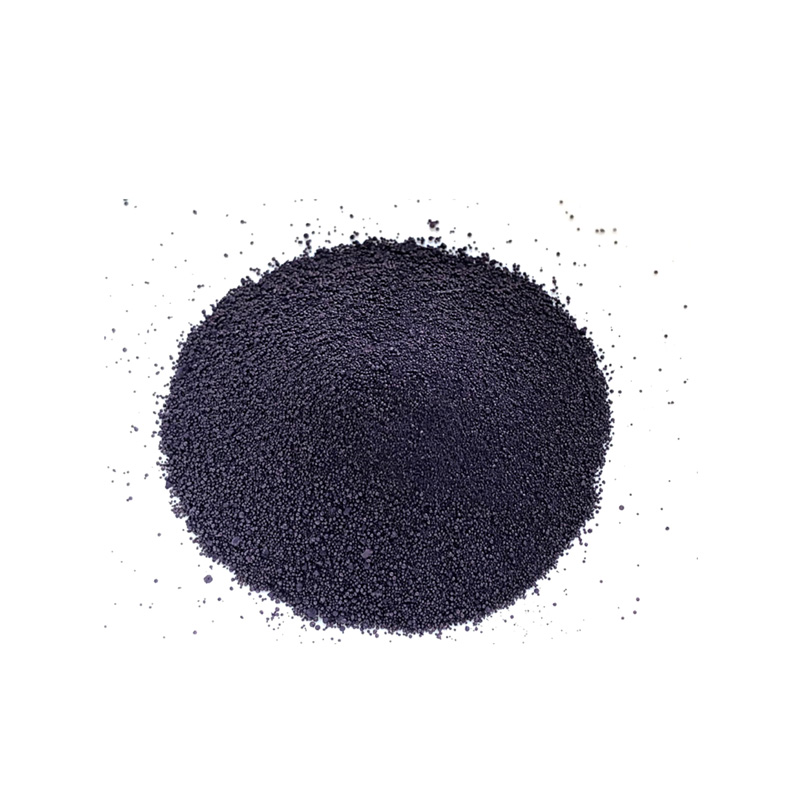black sulfide products
Understanding Black Sulfide Products Properties, Applications, and Implications
Black sulfide products are an intriguing class of compounds that possess unique properties and have a variety of applications in different fields. These materials primarily consist of sulfide ions combined with metals, producing a range of black-colored compounds such as lead sulfide (PbS), copper sulfide (CuS), and iron sulfide (FeS). The distinct coloration and chemical properties of these sulfides make them significant in both industrial and environmental contexts.
Composition and Properties
Black sulfide products are characterized by their complex structures, which can vary based on the metals involved. Lead sulfide, for example, is a semiconductor with a narrow bandgap, making it valuable in electronic applications. Meanwhile, copper sulfide demonstrates interesting thermoelectric properties that can be harnessed for energy conversion technologies. The unique optical properties of these materials, particularly their ability to absorb visible light and even infrared radiation, lend themselves to applications in sensors and photodetectors.
One of the noteworthy aspects of black sulfide products is their stability under different environmental conditions. They are relatively resistant to oxidation, which allows for their use in various industrial processes without the need for constant maintenance. However, it is essential to handle these compounds with care due to the potential release of toxic metals like lead and copper under certain circumstances.
Applications in Industry
Black sulfide products find applications across a myriad of industries. In electronics, they are used in the manufacturing of photovoltaic cells, where materials like lead sulfide are integral to the design of infrared detectors. Their ability to effectively convert light into electrical energy is crucial for the development of solar technologies. Additionally, copper sulfide’s thermoelectric capabilities make it a candidate for improving energy efficiency in power generation systems.
black sulfide products

In the field of environmental science, black sulfides play a role in wastewater treatment processes. Iron sulfide, for example, is utilized in the removal of heavy metals from contaminated water sources. The precipitative properties of these compounds facilitate the binding of toxic ions, leading to a reduction in pollution and the restoration of ecosystem health.
Furthermore, black sulfide minerals have gained attention in materials science for their potential use in nanotechnology. Research into nanoscale sulfides indicates promising applications in drug delivery systems and anti-cancer therapies, with their unique properties aiding in targeted delivery and controlled release.
Environmental and Health Implications
Despite their beneficial uses, the presence of black sulfide products can pose environmental and health risks, particularly when they originate from industrial processes or mining activities. The release of heavy metals associated with sulfides can lead to soil and water contamination, negatively impacting local ecosystems and human health.
It is vital for industries utilizing these materials to implement stringent safety measures and environmental regulations to mitigate potential hazards. Continuous research into alternative materials and remediation techniques is necessary to address the challenges posed by black sulfide products while still leveraging their advantageous properties.
Conclusion
In summary, black sulfide products are fascinating materials that bridge the gap between chemistry, engineering, and environmental science. Their unique properties and diverse applications offer numerous opportunities for innovation across various sectors. However, as we harness these materials for their benefits, it is crucial to remain vigilant about their environmental and health implications, ensuring a balance between industrial progress and ecological preservation. Continued research and responsible management will be key to maximizing the potential of black sulfide products while safeguarding our planet for future generations.
-
The Timeless Art of Denim Indigo Dye
NewsJul.01,2025
-
The Rise of Sulfur Dyed Denim
NewsJul.01,2025
-
The Rich Revival of the Best Indigo Dye
NewsJul.01,2025
-
The Enduring Strength of Sulphur Black
NewsJul.01,2025
-
The Ancient Art of Chinese Indigo Dye
NewsJul.01,2025
-
Industry Power of Indigo
NewsJul.01,2025
-
Black Sulfur is Leading the Next Wave
NewsJul.01,2025

Sulphur Black
1.Name: sulphur black; Sulfur Black; Sulphur Black 1;
2.Structure formula:
3.Molecule formula: C6H4N2O5
4.CAS No.: 1326-82-5
5.HS code: 32041911
6.Product specification:Appearance:black phosphorus flakes; black liquid

Bromo Indigo; Vat Bromo-Indigo; C.I.Vat Blue 5
1.Name: Bromo indigo; Vat bromo-indigo; C.I.Vat blue 5;
2.Structure formula:
3.Molecule formula: C16H6Br4N2O2
4.CAS No.: 2475-31-2
5.HS code: 3204151000 6.Major usage and instruction: Be mainly used to dye cotton fabrics.

Indigo Blue Vat Blue
1.Name: indigo blue,vat blue 1,
2.Structure formula:
3.Molecule formula: C16H10N2O2
4.. CAS No.: 482-89-3
5.Molecule weight: 262.62
6.HS code: 3204151000
7.Major usage and instruction: Be mainly used to dye cotton fabrics.

